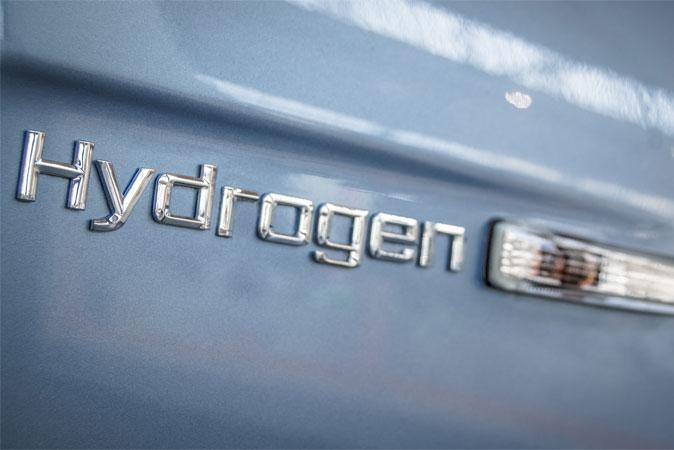Scientists say they’ve identified a more efficient and less expensive way to make hydrogen fuel.
The technology, based on carbon nanotubes, is a catalyst for electrolysis reactions, which use electric currents to split water molecules into hydrogen and oxygen.
“Hydrogen has long been expected to play a vital role in our future energy landscapes by mitigating, if not completely eliminating, our reliance on fossil fuels,” says Tewodros (Teddy) Asefa, associate professor of chemistry and chemical biology at Rutgers. “We have developed a sustainable chemical catalyst that, we hope with the right industry partner, can bring this vision to life.”
Finding ways to make electrolysis reactions commercially viable is important because processes that make hydrogen today start with methane—itself a fossil fuel. The need to consume fossil fuel therefore negates current claims that hydrogen is a “green” fuel.
Electrolysis, however, could produce hydrogen with electricity generated by renewable sources, such as solar, wind, and hydro energy, or by carbon-neutral sources, such as nuclear energy.
And even if fossil fuels were used for electrolysis, the higher efficiency and better emissions controls of large power plants could give hydrogen fuel cells an advantage over less efficient and more polluting gasoline and diesel engines in millions of vehicles and other applications.
In a recent scientific paper published in Angewandte Chemie International Edition, Asefa and colleagues reported that their technology, called “noble metal-free nitrogen-rich carbon nanotubes,” efficiently catalyze the hydrogen evolution reaction with activities close to that of costly platinum.
The researchers have filed for a patent on the catalyst, which is available for licensing or research collaborations through the Rutgers Office of Technology Commercialization. The National Science Foundation funded the research.
Source: Rutgers. Republished from Futurity.org under Creative Commons License 3.0.
*Image of “hydrogen car“ via Shutterstock

